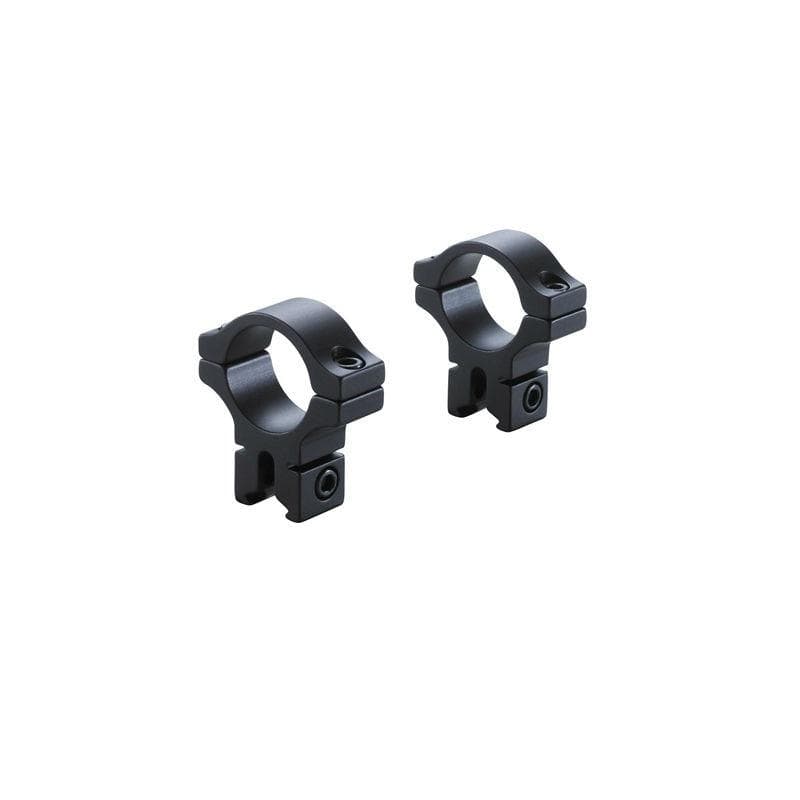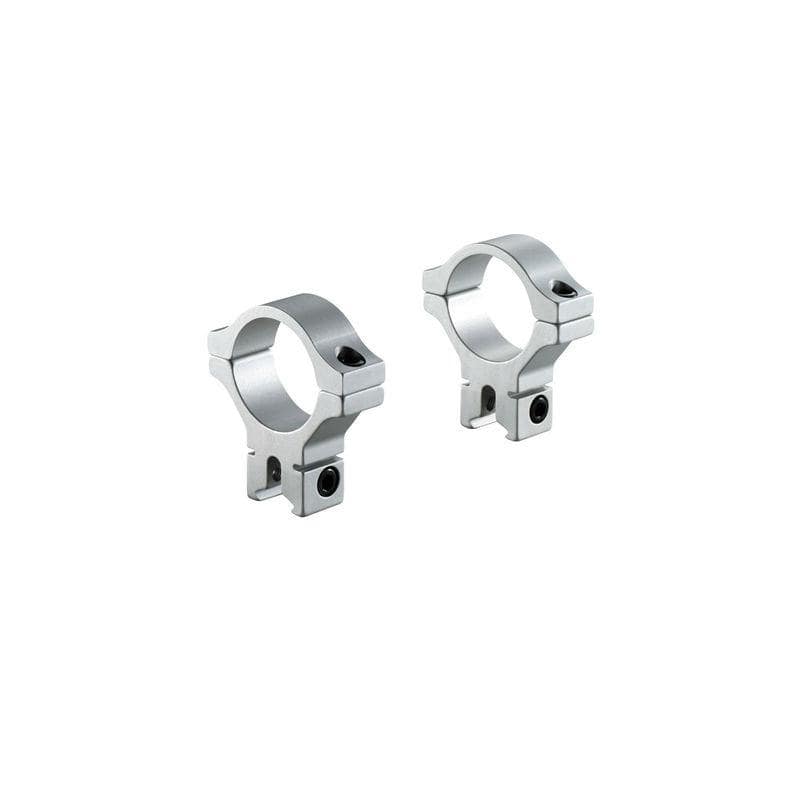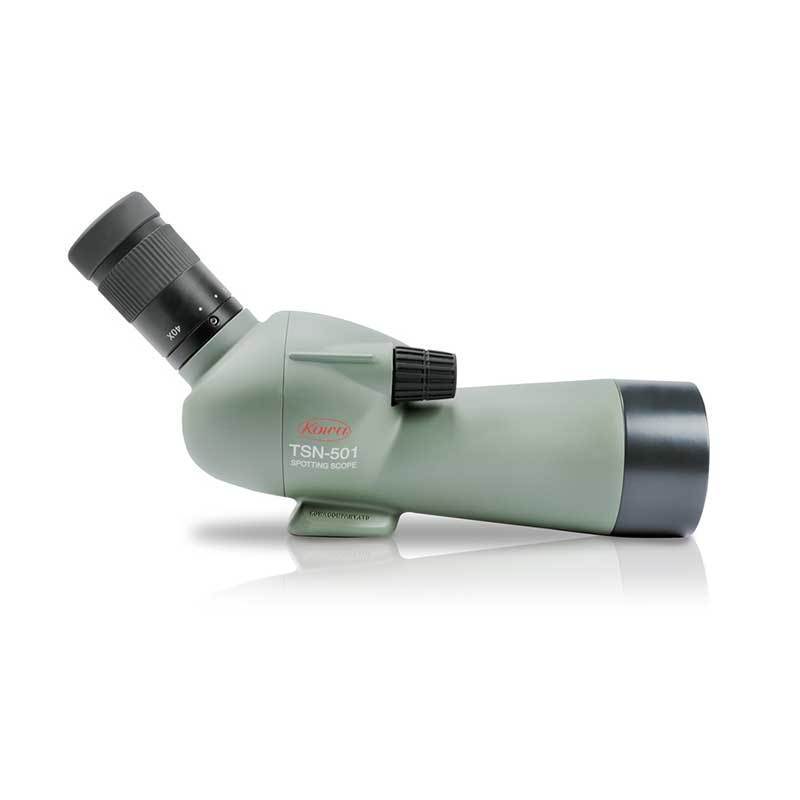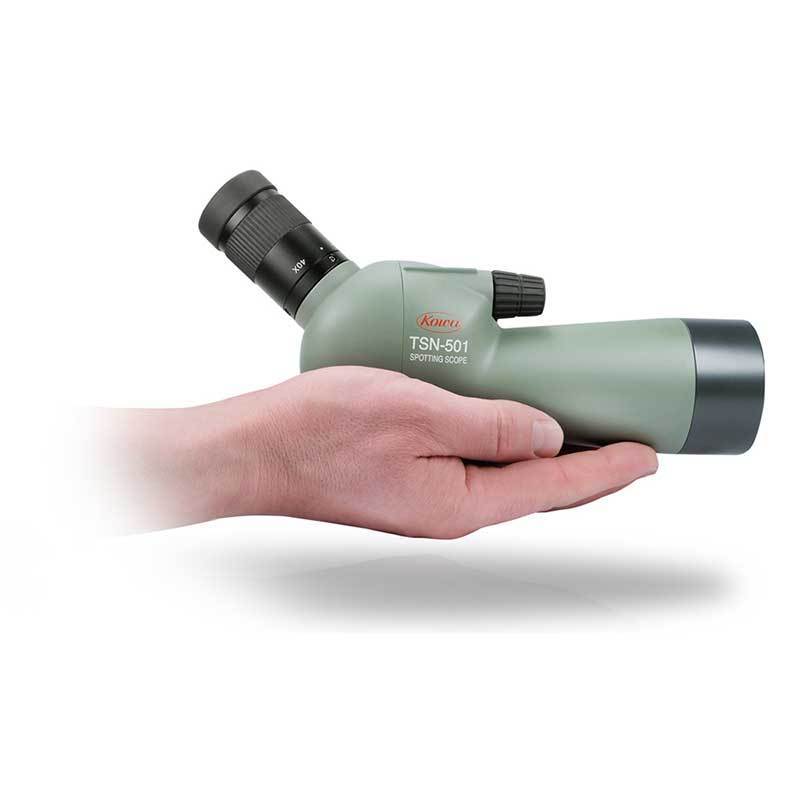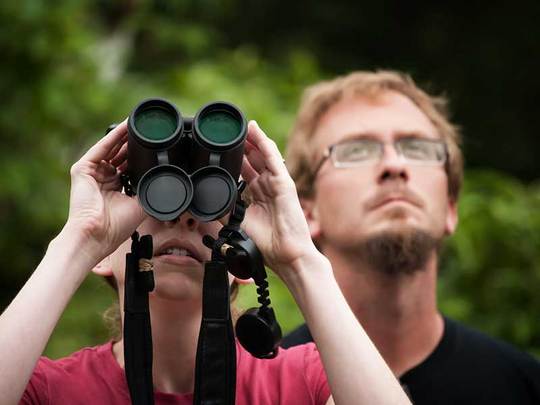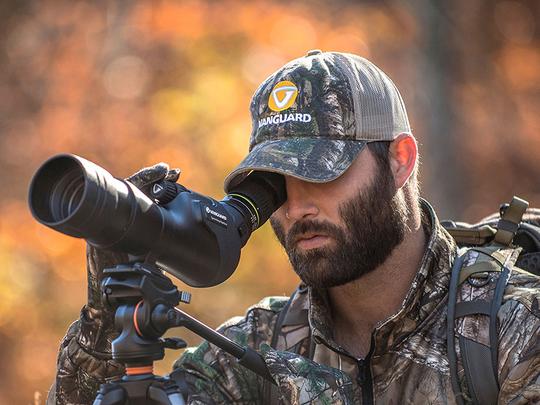Buyer’s guide for skiing binoculars

Choosing binoculars for skiing and snowboarding
Are you looking to buy some binoculars for your next skiing or snow boarding trip but you’re just not sure which will be the best binoculars for winter sports? Use our expert buying guide to help you choose the best binoculars for skiing.
Before you take the plunge and buy binoculars for your ski trip, read our helpful guide to make sure that you take into account all of the important features that your ski binoculars will need.
Why take binoculars skiing?
Before we delve into the technical information you may be asking ‘why do I need to take binoculars skiing - do I really need them?!’ The answer is yes! If you’re skiing off piste, binoculars are an important piece of safety equipment that can help you plan ahead and avoid danger and accidents. A handy pair of binoculars will allow you to scan the landscape around you in great detail and plan the safest route to take down the mountain, avoiding rocks or sudden drop offs. In these situations, your binoculars could make the difference between an enjoyable days skiing or a broken leg, as you’ll be able to accurately identify all sorts of hazards from a distance before you take off down the slopes.
It’s not all about safety and planning. Having your binoculars on hand at a moments notice will allow you to reach a whole new level of enjoyment when you’re hitting the slopes. With your binoculars you’ll be able to see local wildlife and birds in more detail, marvel at the awe inspiring alpine landscapes surrounding you, and see your friends in the finest detail after they show off their snowboarding abilities that little too much and face plant into the snow!
Skiing binocular features
Now we have established that binoculars will be a fantastic edition to your winter sport equipment it’s time to consider what features your binoculars will need to make them durable, easy to carry and most of all a useful piece of equipment to have with you on the slopes.
Compact and light weight
The binoculars you choose for your winter sporting adventures should be compact, lightweight and easy to carry around your neck for your day of skiing. They also need to be small in size so that you can fit them in your luggage alongside all of your other skiing or snowboarding equipment.
With this in mind we’d encourage you to go for a compact or mid sized binocular so that you can easily slip them into your pocket and they don’t weigh your neck down when you’re on the slopes. Despite being slightly larger in size than compact binoculars, mid sized binoculars do have the advantage of being slightly easier to hold with gloves on. Compact binoculars generally have a magnification between 8x - 10x and objective lenses that are between 20mm - 25mm in diameter. Mid sized binoculars have the slightly larger lenses at around 30mm in diameter.
Waterproof and durable
When you’re surrounded by endless snow, having waterproof binoculars is vital. With large ski gloves on you’re grip on your binoculars won’t be as secure as usual and there’s always a chance that you might drop your binoculars into a snow drift or puddle. Ensure that any binoculars you buy for winter sports are waterproof to give you piece of mind that they will be protected against the elements if they slip out of your hand. We’d also recommend choosing binoculars with a rubber armouring to limit the chance of this happening, and to protect the binoculars from bumps and scrapes if you do happen to drop them or fall over with them.
Fog proof
Possibly the most important feature that binoculars for skiing or snowboarding need is fogproofing. When you’re out on the slopes your binoculars will be exposed to a variety of different temperatures, from below freezing when they’re packed away in your rucksack, to much higher temperatures if you get them out and use them in the harsh Kiwi sun. Sudden changes in temperature can cause the optics in your binoculars to fog up, making them virtually unusable unless they have been nitrogen purged and O-ring sealed to prevent fogging from occurring. Always check the specifications of any binoculars to make sure that this is included.
Quality optics that produce bright images
Snow covered mountains can often be so bright that they’re hard to look at without sunglasses, but this is not always the case. If a snow storm hits when you’re out on the slopes, visibility can drop significantly and so can the amount of light that’s available. It is therefore important that your binoculars perform well in low light conditions to ensure that you can still use them in such situations. Typically, full sized or giant binoculars perform best in low light conditions, as their large lenses can gather more light than those of compact or mid sized binoculars. Unfortunately, with large lenses comes larger more cumbersome and heavy binoculars that aren’t very easy to transport. As a compromise we’d always recommend buying compact or mid sized binoculars that have high quality prisms and lenses and have premium lens coatings in order to maximise the levels of light that can pass through them to your eye. The binoculars you choose should at least have BAK-4 prisms and be "Fully Multi-Coated", meaning that all air to glass surfaces have received multiple layers of anti reflection coatings to aid light transmission. The more light that can pass through your binoculars the brighter your images will be.
Magnification
When you’re choosing the magnification of your binoculars don’t be tempted to choose ones with the highest magnification you can find, as high magnifications aren’t always desirable for a number of reasons. High magnification binoculars can lead to shaky images as they’re much harder to keep still. They can also lead to less bright images, which, as discussed above can lead to problems on the darker days. Magnification also has a negative impact on the amount of the landscape that you can see; known as field of view, which we will discuss more below.
Field of view
When you’re out in an expansive snow covered landscape you want to make it as easy as possible to be able to scan the terrain to find your friends, look out for dangers, or simply take in your beautiful surroundings. To do this, you’ll benefit from binoculars which have a wide field of view, allowing you to see a large area of the landscape at once. Always try and opt for binoculars with a wide field of view but don’t choose a large field of view over more important factors such as fog proofing or optical quality.
Eye relief
If you’ve ever set foot on a ski slope you’ll know how bright the landscape can be and how it’s sometimes impossible to even open your eyes without sun glasses or ski goggles on. Due to this, you’re going to need binoculars that you can comfortably use whilst wearing eye protection, and still be able to clearly see as much of the view through your binoculars as possible. This is known as eye relief; how far away you can hold a pair of binoculars from your eyes without the image being distorted. We’d always recommend choosing binoculars with at least 14mm - 15mm of eye relief, but if possible opt for those with eye relief of around 17mm to make the viewing experience as enjoyable and comfortable as possible when you have eye wear on.
Conclusion
In summary, when choosing binoculars for winter sports such as skiing or snowboarding it’s important to choose a set that are compact, water proof, fog proof and durable. We’d recommend those with specifications such as 8x25, 10x25, 8x21 or 10x21, and don’t forget to look for quality optics that will transmit high levels of light thanks to their lenses being fully multicoated, have good eye relief and are easy to hold with ski gloves on. We’ve made a few suggestions below to help you along the way.


